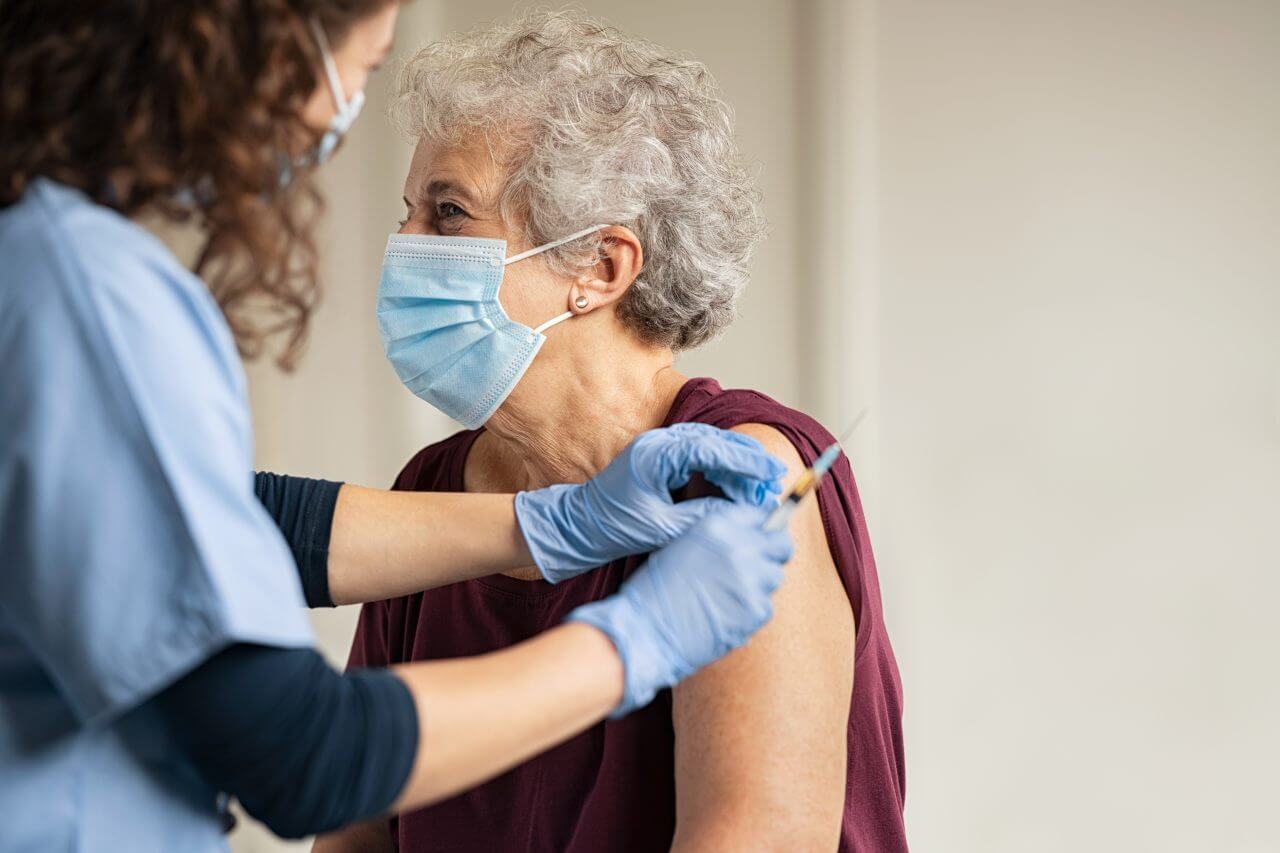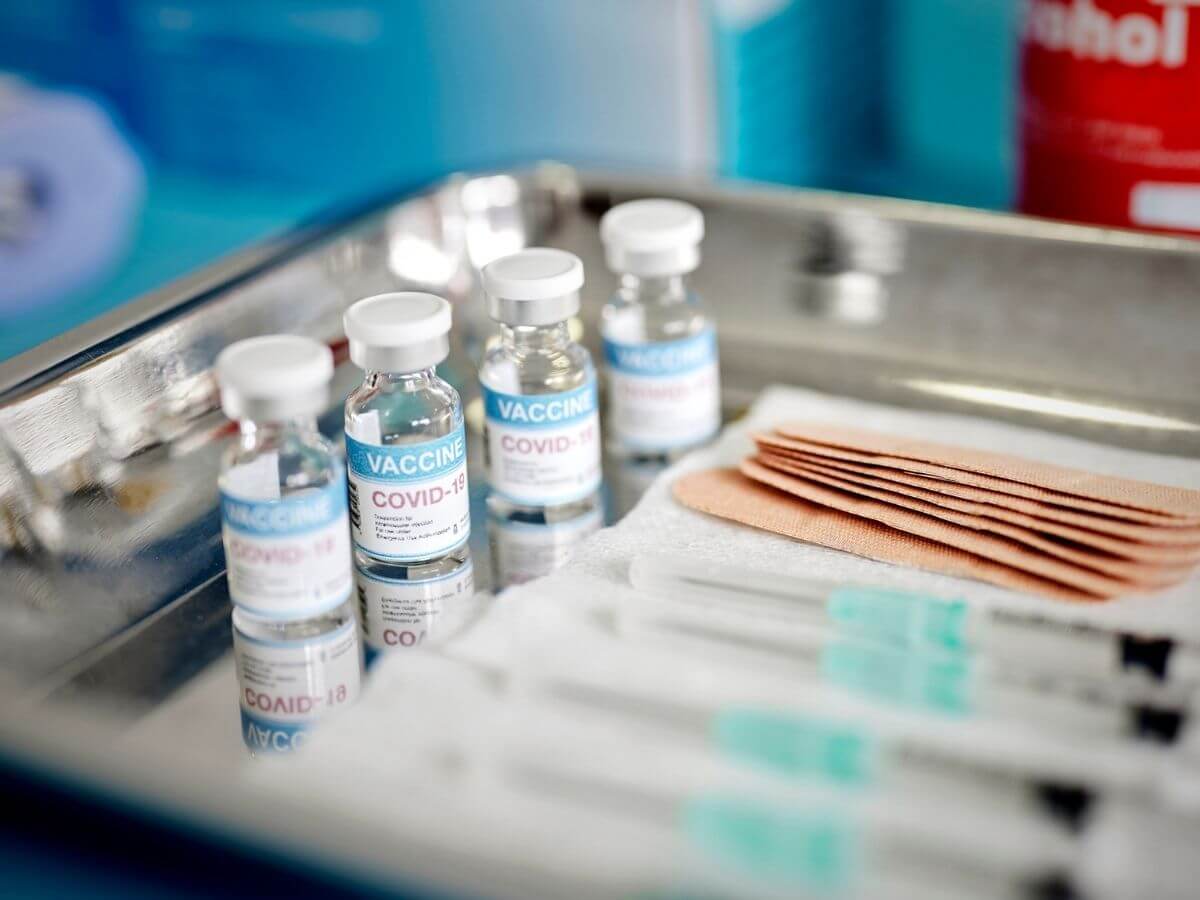When Can I Get the COVID-19 Vaccine?

Now that two COVID-19 vaccines have been given emergency use authorization by the U.S. Food & Drug Administration (FDA) — meaning they’ve been deemed safe and effective — and others are being developed, you may wonder when you can get vaccinated. The answer depends on a number of factors including your age and occupation.
Where you live is also a factor, as each state has its own guidelines for vaccine distribution. Typically, those guidelines are based on recommendations from the Centers for Disease Control and Prevention (CDC).
CDC Recommendations for COVID-19 Vaccination
In the months ahead, we’ll reach a point where COVID-19 supply has caught up with demand and everyone who wants to be vaccinated can be. Until that time, the CDC has published recommendations to help with the development of state policies on the order in which groups of people should be vaccinated.
As stated on its website, the CDC’s recommendations have three underlying goals:
- Decrease death and serious disease as much as possible
- Preserve the functioning of society
- Reduce the extra burden COVID-19 is having on people already facing disparities
With that in mind, three phases of vaccine distribution have been outlined at this point:
- Phase 1a includes healthcare personnel and residents of long-term care facilities.
- Phase 1b includes frontline essential workers such as firefighters, police officers, corrections officers, food and agricultural workers, United States Postal Service workers, manufacturing workers, grocery store workers, public transit workers, and those who work in the educational sector (teachers, support staff and daycare workers). It also includes people 75 years of age and older.
- Phase 1c includes three subgroups: people 65-74 years of age; people aged 16-64 with underlying medical conditions that increase the risk of serious complications from the virus; other essential workers including people who work in transportation and logistics, food service, housing construction and finance, information technology, communications, energy, law, media, public safety, and public health.
As more doses of vaccine become available, the CDC’s recommendations will be expanded to cover other groups.
Kentucky’s COVID-19 Vaccination Plan
In Kentucky, a Vaccine Allocation Committee formed by the Kentucky Department for Public Health (KDPH) is in place to “ensure equitable access to vaccinations.” The State Health Operations Center (SHOC) is serving as the base of “direction, control and coordination” for the state’s COVID-19 vaccination campaign.
Kentucky’s vaccination plan is designed to be flexible since the vaccine supply may fluctuate, but it’s similar to the CDC’s recommendations in many ways, prioritizing these populations for initial vaccinations:
- Healthcare personnel and first responders likely to be exposed to or treat people with COVID-19
- Essential workers and workers in high-public-contact jobs (e.g., social service support workers, grocery workers, transportation workers)
- People at increased risk for severe illness from COVID-19, including those with underlying medical conditions and people 65 years of age and older
And like the CDC’s recommendations, Kentucky’s vaccination program will evolve as vaccine supplies increase.
Indiana’s COVID-19 Vaccine Allocation Plan
Indiana has created multiple groups to provide input on how the state will allocate and manage its supply of COVID-19 vaccine: Vaccine Allocation Plan Development Advisory Group, Ethical Considerations Advisory Group, Vaccine Review Advisory Group, Equitable Distribution and Communication Advisory Group, Data Advisory Group and Vaccination Program Implementation Committee.
Indiana’s plan will be executed in four steps initially:
- Phase 1-A: Guiding objective: Reinforce and support healthcare infrastructure & treatment of disease.
- This group includes all paid and unpaid persons serving in healthcare settings who have the potential for direct or indirect exposure to patients or infectious material.
- Healthcare settings include, but are not limited to, hospitals, long-term care facilities, outpatient facilities, home health care settings, pharmacies, dialysis centers, emergency medical services, frontline public health interventions, and COVID-19 diagnostic and immunization teams.
- Phase 1-B: Guiding objective: Protect the vulnerable.
- Individuals who are at particular risk of morbidity and mortality associated with COVID-19 disease based on the latest evidence-based criteria.
- Phase 2: Guiding objective: Mitigate spread.
- Individuals who are at elevated risk of transmission of the disease because of working or living circumstances. This includes persons living in correctional facilities, group homes or shelters and individuals whose in-person work is essential, required, and places them in settings where social distancing is not possible and transmission risk is high.
- Phase 3: Guiding objective: General public vaccination.
Indiana’s vaccine allocation plan, like others, will be updated as conditions change.
Subscribe to our email newsletter to get the most important health and wellness news delivered straight to your inbox.
Staying Informed Is Crucial
As COVID-19 vaccination programs go into effect, it’s important to get information from a trusted source such as your state government or your doctor if you’d like to be vaccinated. And while getting vaccinated is a personal decision, doing so will help bring the pandemic to an end with less suffering and loss of life.
To learn more about COVID-19, visit the Baptist Health COVID-19 Resources page. More information about available vaccines can also be found at the CDC.
Next Steps and Useful Resources:
Find a COVID-19 Testing Site
What to Do After Receiving the COVID-19 Vaccine
mRNA Vaccines vs saRNA Vaccines



